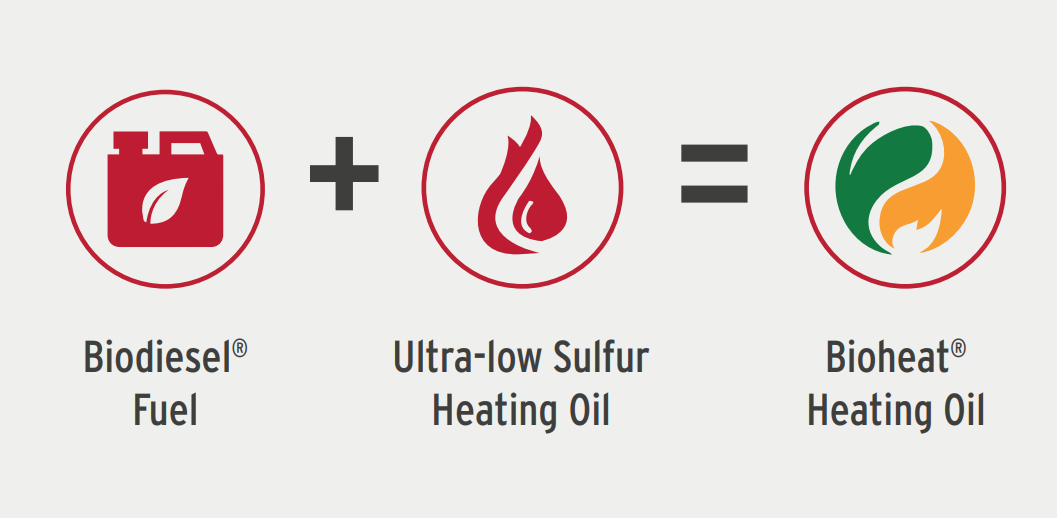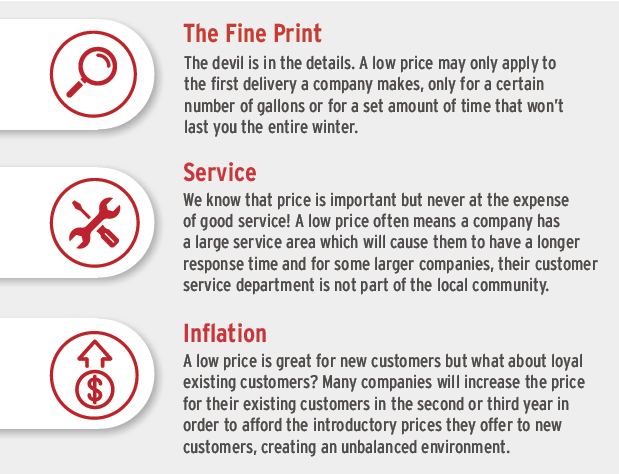Taking The Lead With Biofuel
Perhaps tracking the happenings in the Connecticut State Legislature isn’t top on your list of hobbies but in our industry, we keep a close eye on how proposed and passed legislation will impact our customers.
As part of the state’s Global Warming Solutions Act, home heating oil (Bioheat) is to be blended with higher levels of low carbon fuels like biodiesel to benefit consumers and cut greenhouse gas emissions by 50% by 2030 and 80% by 2050. Even with the positive environmental impact from biofuels, many in Hartford are still pushing for an electrification only model, but let’s see how it stacks up against Bioheat:
NOT CLEAN
Did you know power plants run on natural gas and coal? Both of these fuel sources emit greenhouse gases like methane and carbon. In fact, power plants are the biggest producer of methane gas, and carbon emissions continue to skyrocket every year.
With Bioheat: Carbon emissions are actually reduced by up to 74% compared to the home heating oil of the past. This means an immediate reduction in greenhouse gases.
OLD GRID
Our power grid is not in the best shape. From insufficient capacity for our current use to sparking fires from lines in disrepair, it’s hard to imagine adding more strain to this system. As it is, blackouts and lengthy power outages have become the norm.
With Bioheat: Some of the strain on the electric grid is reduced when heating your home with Bioheat, especially in New England where the ISO declared in 2021 that the region is at heightened risk for winter outages.
NO RETURN
The economics of converting a home to electric heat pumps is simply cost prohibitive for most Americans. Consider this: the number of heat pumps you’ll need is about the same as the number of window AC units you would need in the summer. The equipment installation alone costs $7,000 to $15,000 for just one heat pump, let alone multiple and don’t forget about the significant increase in your electric bill!
With Bioheat: Keeping and maintaining your Bioheat heating equipment is a minor expense in the long run, especially as higher blends of biodiesel help clean your system for greater efficiency and longer equipment lifespans.
MONOPOLY
There aren’t many options for utility companies in the area and with electricity, we’re putting all our eggs in one basket. Without competition, prices rise, quality declines, and service becomes unreliable.
With Bioheat: Freedom of choice! Home heating oil has a deep connection to entrepreneurship, small businesses, family-owned ventures and community building. These values not only let you choose your home energy provider but support your local economy with jobs as well.




















